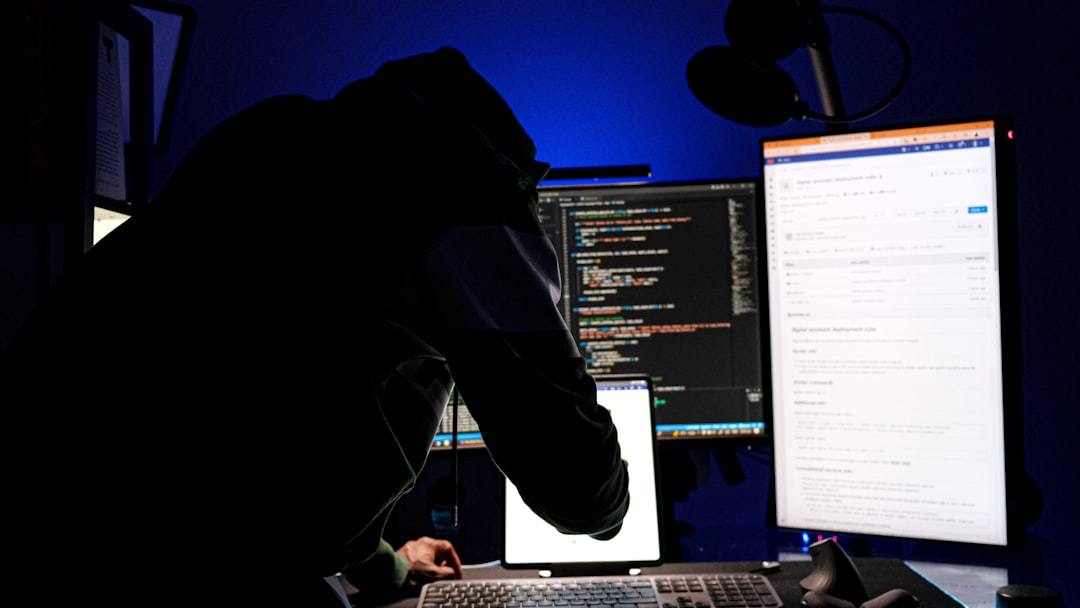In the ever-evolving landscape of cybersecurity, threats take many forms. Some are highly sophisticated attacks conducted by skilled hackers operating under the radar, while others are mere illusions. One such illusion is fake hacking—a growing concern that, despite lacking true technical complexity, poses a significant risk to organizations, both in tangible and intangible ways.
What Is Fake Hacking?
Fake hacking refers to deceptive digital activity intended to create the illusion of a cyberattack. Unlike traditional hacking—which involves unauthorized access to systems using technical skills—fake hacking is often executed with little to no genuine compromise. It may include activity such as:
- Sending spoofed emails to simulate phishing attempts
- Displaying fake ransomware pop-ups
- Using publicly available tools to simulate brute-force attacks
- Claiming bogus data breaches
- Making empty threats of disclosure or blackmail
The goal of fake hacking can range from extortion, social manipulation, to reputational damage. It thrives on creating fear, confusion, and urgency without actually penetrating a system.

Why Fake Hacking Is on the Rise
The increasing accessibility of hacking tools and the vast amount of cybersecurity knowledge available online have paved the way for amateur threat actors. Many so-called “script kiddies” or opportunistic fraudsters attempt to imitate sophisticated adversaries without possessing the requisite technical knowledge. Their objective is not to hack in the traditional sense, but to leverage the appearance of hacking to exploit human vulnerabilities.
The prevalence of ransomware and data breaches in the news has also contributed to an environment of heightened sensitivity. Organizations—and their employees—are more likely to panic when presented with evidence of an “attack,” even if that evidence is fabricated.
Key Signs of Fake Hacking
Identifying fake hacking requires a nuanced approach and a trained eye. While every incident should be taken seriously until investigated, several red flags may indicate a simulation or hoax:
- Lack of technical indicators: There’s no forensic evidence (logs, backdoors, network anomalies) of actual intrusion.
- Generic language: Threat emails often lack specific details about compromised systems or data.
- Proxied threat sources: IP addresses may resolve to open proxies or VPNs, often used to obscure a lack of skill.
- Low-ransom demands: When extortion payments are unusually low or payable via simple methods, it could be opportunistic rather than organized.
- Inconsistent timelines: Messages reference events or data breaches that never occurred or don’t align with system activity.
The Real Dangers Behind Fake Hacking
Even if no real breach occurs, fake hacking isn’t harmless. It can carry significant consequences for organizations, such as:
1. Financial Impact
Firms may engage expensive incident response teams, incur downtime, or pay ransoms in scenarios driven by fear rather than fact. These costs are wasted on a problem that never truly existed.
2. Reputational Damage
Publicly acknowledging a breach—even a suspected one—can cause customers and partners to lose trust. If the incident turns out to be fake, the damage to reputation may still be irreparable.
3. Resource Diversion
Responding to a fake hack distracts and depletes the resources of IT and security teams, drawing attention away from real vulnerabilities that remain unaddressed.
4. Psychological Fatigue
When teams repeatedly deal with bogus alerts or threats, it can result in alert fatigue. This desensitization may increase the chances of overlooking a real attack when it happens.

Common Types of Fake Hacking Scenarios
Organizations should be aware of the different forms fake hacking can take. Here are some scenarios commonly observed in the wild:
- Phantom Ransomware: A pop-up claims encryption of data but doesn’t exist outside the display screen.
- Email Threats: Attackers claim to have gained access to sensitive data or footage, demanding payment or they’ll release it.
- Social Hacking: Impersonators may call or send emails impersonating IT to gain credentials using scare tactics.
- Internal Fake Attacks: Disgruntled employees may simulate breaches to cause confusion or implicate others.
How to Protect Against Fake Hacking
Organizations must take fake hacking seriously—not by reacting impulsively, but by developing structured processes that filter fact from fiction. Here’s how:
1. Incident Response Training
Equipping teams with predefined playbooks for dealing with threats can help differentiate between real and fake attacks swiftly.
2. Verification Protocols
Always verify the authenticity of any breach claim through log reviews, forensic analysis, and threat intelligence before taking drastic actions.
3. Educating Employees
Train non-technical staff on how to recognize fake alerts or suspicious communications. A well-informed workforce is one of the best defenses.
4. Collaborating with Experts
Engaging cybersecurity professionals can help assess threats objectively and provide clarity when panic is high.
5. Maintaining a Digital Audit Trail
Regular monitoring and documentation make it easier to verify whether specific files were accessed or systems were compromised.

Understanding the Psychology of Fake Hackers
The psychology of fake hacking is based on manipulation, fear, and deception. Threat actors understand that appearing threatening—even without the means to act—can still result in a payoff. Their tactics often target human emotion rather than software vulnerabilities.
They rely heavily on social engineering and misinformation, crafting their communications to appear urgent and convincing. Organizations that focus solely on technological responses may overlook this human-centric threat aspect.
Conclusion
Fake hacking may seem less dangerous than genuine cyber intrusion, but its potential for disruption, financial impact, and reputational harm makes it a genuine cybersecurity threat. As technology evolves, organizations must remain vigilant not just against skilled hackers but also against those who pretend to be one. A combination of awareness, verification, training, and expert partnership is the blueprint for minimizing the risk posed by this growing trend.
FAQs
- Q: How can I tell if a hacking attempt is fake?
A: Look for general language, lack of specific data or evidence, and inconsistencies in timing. Always verify with IT security teams before reacting. - Q: Can fake hackers still harm our systems?
A: While they may not penetrate your infrastructure, they can trigger psychological, financial, and reputational damage. - Q: Is it legal to simulate hacking?
A: Unless it’s a contracted security audit with consent, simulating hacking—even without breaching systems—can be considered illegal and prosecutable. - Q: Should we report fake hacking attempts to authorities?
A: Yes. Even if the attack is fake, it might be part of a broader campaign or involve criminal intent worth investigating. - Q: How can we train employees to recognize fake hacking?
A: Regular phishing simulations, workshops, and communication drills can increase awareness and empower faster identification of hoaxes.







